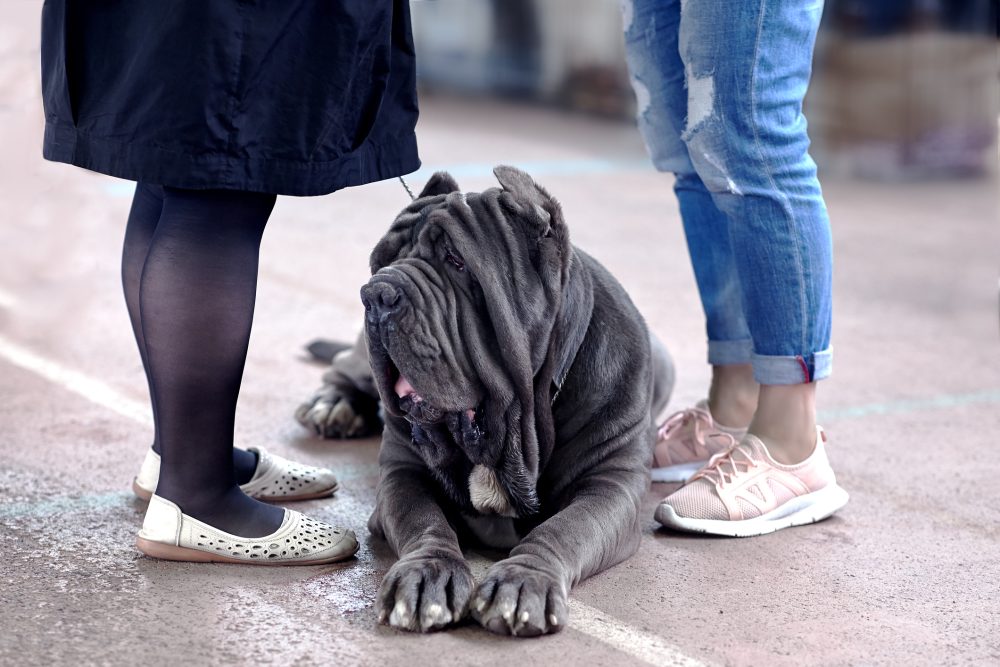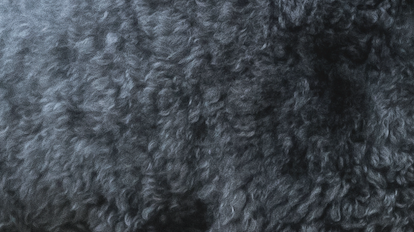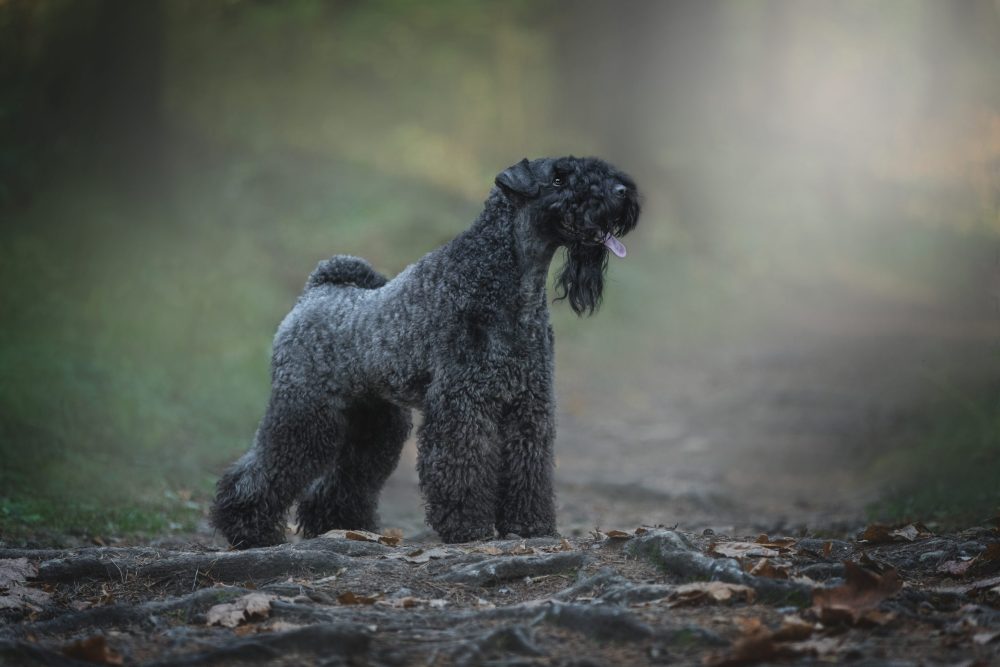
The announcement probably hasn’t generated the kind of excitement seen below:
When an entity like Pantone or a paint manufacturer like Sherwin-Williams announces its “color of the year,” it causes significant buzz and engagement, and not just as a marketing event for the company, but with professionals in design, fashion, and other industries. That enthusiasm can turn into increased brand visibility by generating consumer interest.
Determining a “color of the year” is the result of intense research into trends having to do with the mood of the culture, economic movement, and other indicators. Color isn’t just personal, it can be emotional – and given the popularity of grey over the last couple years, it’s not a surprise that Sherwin-Williams veered away from neutrals in 2024. This year, the company chose Upward SW 6239, a color it describes as a “bright and blissful blue:” See it below:

You would not be alone in thinking that the color you see above is not that different from gray, and we see this choice as a safe transitional moment in “color time.”
What has this to do with dogs, you wonder? We’re so glad you ask even if the question was heard only in our head. In fact, right after we imagined the question, we had one of our own: How did the word, “blue” ever come to be associated with dog colors when for most of us, a “blue” coat looks more like “gray?”
Does the photo below of a dog coat look gray or blue to you?

The detail comes from the photo of the Kerry Blue Terrier below, a breed that even has the word, “blue” in its name.

Photo of a Kerry Blue Terrier by Osetrik/Adobe
The term “blue” in dogs, we should note, often refers to a specific coat color caused by a dilution of the black pigment, eumelanin, a dilution that is the result of a recessive gene that changes the black pigment to a grey or slate color (commonly referred to as “blue” in the context of dog coat colors). We don’t know the first recorded instance of the word “blue” being used to describe any animal, let alone a dog, but the historical usage of the term can be traced back to various contexts and cultures. This usage has been found in horses (such as the Percheron or Paso Fino); cats (the Russian Blue and Burmese); pigs (the Blue Butt and Yorkshire Blue and White), and a large number of birds, primates, ocean life, foxes and frogs.
As for dogs?
Per their AKC breed standards, “blue” is an acceptable color in four herding breeds, five Hound breeds, two Non-Sporting breeds, one Sporting breed (it’s not the Weimaraner, but the blue belton in an English Setter), six Toy breeds, three breeds from the Working Group, and the group most robust with blues, the Terrier group with nine breeds — ten if you count the blue-gray shading that is sometimes present in a Soft Coated Wheaten Terrier),
We conclude with some “blue” trivia:
• The ancient Egyptians of around 2200 B.C. were among the first to produce a synthetic blue pigment which was known as (wait for it)…..Egyptian blue……..but the word “blue” in English as used it is today comes from the Old French word bleu, which in turn derives from the Germanic word blau. Blue was actually one of the last color names to be used in the English language;
• Despite its popularity as a favorite color (it is universally appealing because of its non-polarizing traits), blue is one of the rarest colors found in nature; many of the things we refer to as blue (like blueberries), are actually shades of purple. True blue pigments are pretty uncommon in plants and animals.
• Only about 8-10% of the world’s population has blue eyes, making it one of the rarest eye colors. Blue eyes are most commonly found in people of European descent.
Image: A “blue” Neapolitan Mastiff by ©Elena Miroshnichenko |Dreamstime

Does the list in this article that speaks of breeds that blue is an acceptable color include any breeds that color is immaterial?